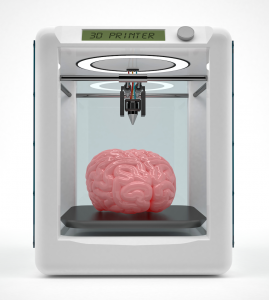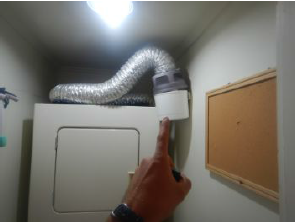Filaments for 3D printing are materials specially produced to serve as input for 3D printers based on the FDM or FFF method. See what types of 3D printing filaments, their features and tips when buying.
Filaments are considered for a 3D printer, just as an ink cartridge is for an inkjet printer. What you need to know is that 3D printers use various types of inputs with specific properties, just as there are good and bad quality products. We will cover this further in this text. From sync innovation you can now have the best 3D Printer as per your requirement.
The Filament Market for 3D Printing
The filaments for 3D printing are composed of thermoplastic polymers plastics reach a pasty state when heated and are produced in the form of a continuous wire that is wound on a reel for sale. This continuous plastic wire feeds the 3D printer and is then melted and expelled through the extruder to form the final object.
Diameter: The main standards in the 3D printing filament industry are diameters of 1.75 mm or 3 mm thickness, depending on the pattern of the 3D printer being used.

Tip 1 – Some filament manufacturers cannot maintain consistency in their diameter throughout the length of the wire. You can check this by measuring the diameter with a caliper at various points. If there is a wide variation your end result will be compromised.
Colors: There is a wide variety of 3D printing filament colors on the market, the most common being White, Black, Gray, Yellow, Blue, Green, Red, Orange and Natural. But there are also others like silver, gold, pastel colors, neon, translucent and so on.
Tip 2 – Some filament manufacturers cannot maintain the same shade of color in different batches. Therefore, the white you buy today may not be the same white as tomorrow. Be careful if you plan to work with a pattern on your prints.
Weight: The filaments are packaged in the form of reels (rolls) and its marketing weight generally ranges from 750g to 1kg, and in some cases, XXL reel that can reach 5kg.
Tip 3 – Some brands advertise the total weight of the product, i.e. the weight of the filament plus the weight of the spool. In this case, an input advertised as 1kg may contain only 950g, with 50g of the reel for example. Importantly, you know what you are paying for.
ABS
Acrylonitrile Butadiene Styrene 3D Printing Filaments are made from petroleum. This input is the oldest used by the industry for these 3D prints. Because it is derived from petroleum it gives off a stronger smell and is recommended to be printed in a ventilated place.
Printing filament ABS, vigilance is needed to process warp (warpage) when the material shrinks and take off some layers. To prevent this from happening, we at Wishbox recommend keeping the table clean and at the ideal temperature. ABS printed items have high strength, durability and are suitable for the construction of parts that tend to suffer mechanical impacts.
Data for using ABS:
- Table temperature: Heated between 95ºC and 120ºC.
- Extruder temperature: Heated between 225ºC and 240ºC.



